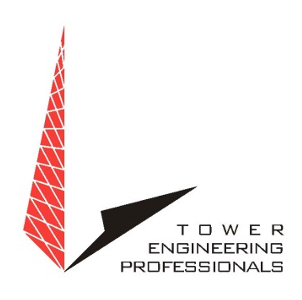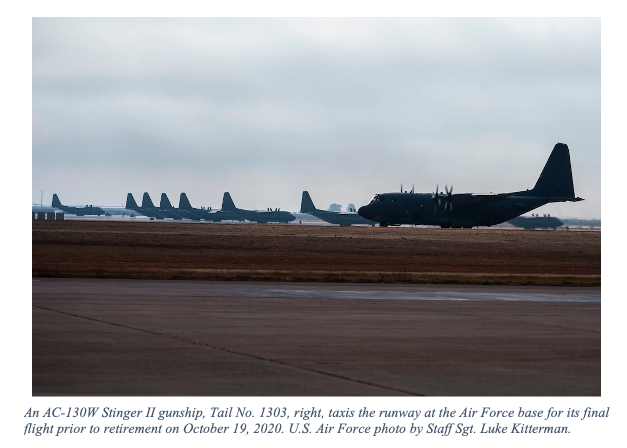
Brad Little started at TEP as in intern in 2006. He has climbed towers and the ranks, touching various divisions, and is currently leading the Construction group, TEP Design Build (TEP-DB), as Vice President.
Last September, TEP acquired Canadian firm, Pier Structural Engineering Corp., (P-SEC). P-SEC was based in Waterloo, ON, and handled structural engineering and inspections for telecom and broadcast clients.
“The cultural match between TEP and P-SEC provided a great opportunity for both companies to further expand without sacrificing the values of either company. We were excited to expand our service offerings to the Canadian market with the P-SEC team. The growth opportunities are even greater now that we have developed construction capabilities in the market. We are now able to offer our Canadian clients the same full-service turnkey approach that our clients in the U.S. have come to know and appreciate,” said Little.
Soon after the acquisition was complete, TEP management started strategizing their geographic and service line expansion in Canada. In April 2020, field services were expanded in the west, with the opening of the Calgary office. In July 2020, TEP hired 25-year industry veteran, Richard ‘Rick’ Kirby to serve as the Director of TEP Canada’s Design Build division. Kirby is in the process of building a team of highly qualified tower technicians that can leverage TEP’s broad skillset in Canada.
According to Kirby, Canada has a slightly different definition of ‘turnkey,’ which presents an upside from a business perspective. Historically, in the Canadian market, the carriers would drive their builds and handle front-end services themselves. The Canadian market is looking more towards the U.S. model for the future and pushing site acquisition into the contractor scope of work, “which is good for us, because we offer that at TEP,” said Kirby. “We’re providing something they haven’t seen before,” echoed Little.
Over the last ten to fifteen years, Kirby explained, the Canadian process has been divided into three separate segments: site acquisition, design, and installation/construction. The detachment equates to longer lead times. Marrying the steps will create cost efficiencies and establish a more streamlined and cohesive process. Plus, in Canada, 5G is just ramping up, so the prospects are ample.
The Canadian Design Build group, or ‘construction arm,’ which started with just Kirby and a computer, is fully underway. The team is already eight-people strong and winning jobs. The sky is the literal limit. “We’ll keep growing and take as much of the market as we can. We’re looking to expand across Canada,” says Kirby. “I think we can grow to 100 people; there’s enough opportunity in the market with 5G.”
Geographically, in the U.S., TEP started east and expanded west. In Canada, the reverse holds true. They’ve staked their claim in the in the west and are excited to expand east. “Our angle is to have full coverage of the entire North American market and utilize resources from any and every office that we have to flex to meet carrier and client needs,” says Little.
The DB group in the U.S. has paved the way. One of the projects that TEP has worked on was at an Air Force base for the Department of Defense. The base was looking to provide connectivity between the base and a remote bombing range, approximately 25 miles away. TEP, through their partnership with Nokia, hit the ground running and completed all of the front-end design services from surveys, geotechnical investigations, construction drawings, tower/foundations drawings as well as solidifying the fiber path to the base site for backhaul. TEP installed a three-tower microwave hop from the main base to a new comms building on the bombing range. The connectivity TEP provided improved communications and safety for all users on the range and has been critical for the range operations.
“There’s not another group in the industry that has the professional front-end service capacities as well as the construction capabilities to fully deliver the project,” explains Little. “We take a lot of pride in the experience that we have and the ability to come up with solutions that are both economical and efficient from an install perspective,” says Little.
TEP works with all major carriers, tower owners, vertical real estate companies, and build-to-suit companies. TEP first established a location in Raleigh, North Carolina, in 1997, but now has offices stretching from coast to coast and beyond U.S. borders. From Seattle, WA to Tampa, FL, and Vancouver, British Columbia to Waterloo, Ontario, TEP helps keep the world connected. For more information or to contact a representative, visit http://tepgroup.net/.





Reader Interactions